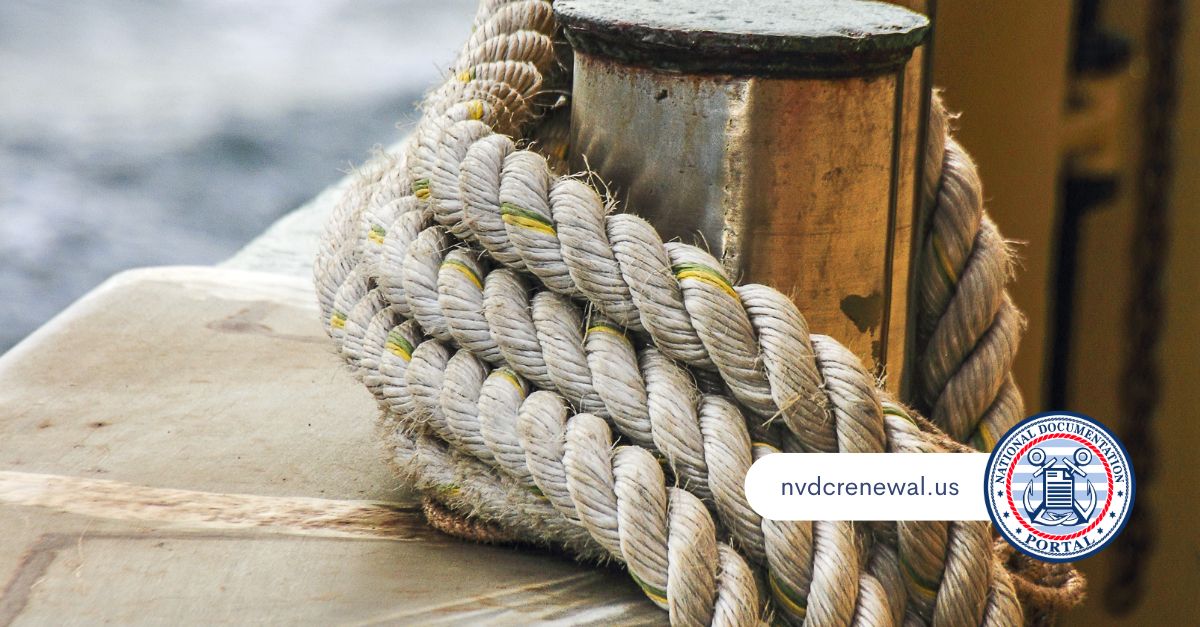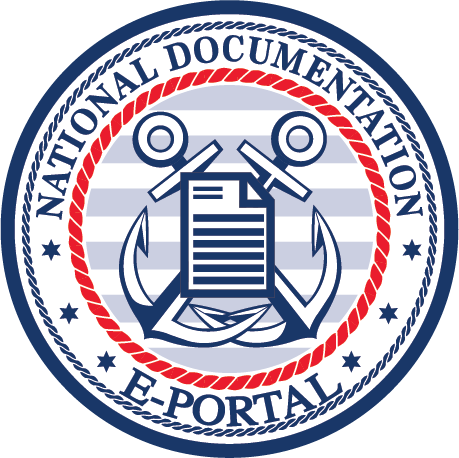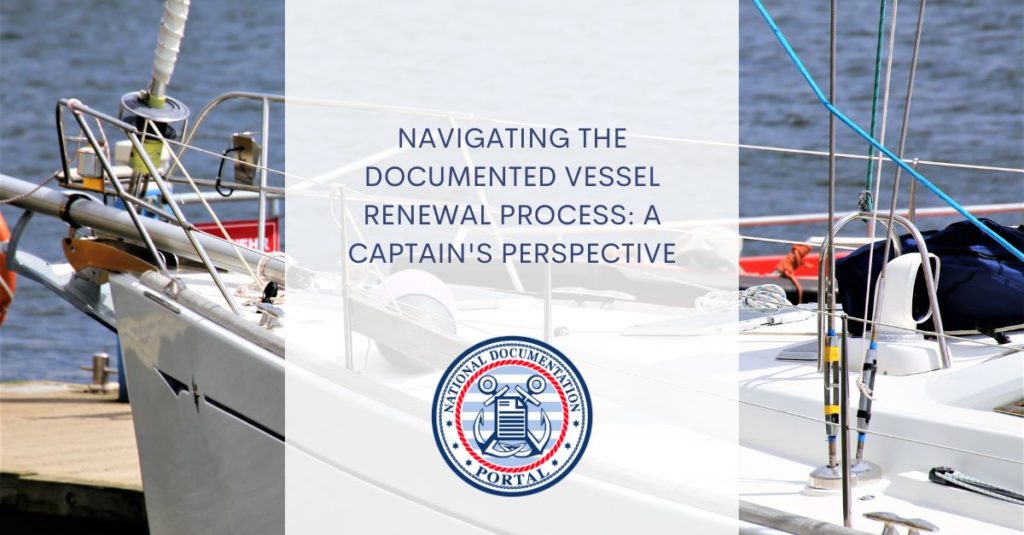As a captain, understanding and navigating the documented vessel renewal process is crucial for maintaining compliance and ensuring a smooth journey on the seas. The process of renewing your vessel’s documentation can sometimes seem complex and overwhelming. However, with the guidance and expertise of the National Documentation Portal, a private agency specializing in USCG Documentation processing to NVDC, you can confidently navigate through the renewal process. In this article, we will provide valuable insights from a captain’s perspective on navigating the documented vessel renewal process, ensuring compliance and peace of mind.
Understanding the Importance of Documented Vessel Renewal
Renewing your vessel’s documentation is not just a legal requirement but also a responsibility that ensures compliance with maritime regulations and demonstrates professionalism as a captain. It serves as proof of ownership, nationality, and compliance with specific standards. Keeping your vessel’s documentation up to date is essential for maintaining a reputable and compliant status, enhancing the safety and credibility of your vessel.
Step 1: Review Renewal Notice and Gather Documents
The first step in the documented vessel renewal process is reviewing the renewal notice provided by the USCG National Vessel Documentation Center (NVDC). As a captain, it is important to carefully review the notice and understand the renewal requirements and timeline. Additionally, gather all the necessary documents, including the vessel’s official number, previous documentation, ownership details, and any other supporting paperwork required for the renewal.
Step 2: Engage with the National Documentation Portal
The National Documentation Portal is your valuable resource throughout the documented vessel renewal process. As a captain, you can rely on their expertise and assistance in navigating the process smoothly. Engage with the portal’s services, such as accessing their website, creating an account, and utilizing their online tools and resources specifically designed for vessel owners.
Step 3: Renewal Application Submission
With the support of the National Documentation Portal, you can easily complete and submit the renewal application. Follow the provided guidelines and ensure that all required information is accurately filled in the application form. This includes details such as the vessel’s name, official number, hailing port, and ownership information. Pay attention to any additional documentation or fees that may be required for the renewal.
Step 4: Verification and Processing
Once the renewal application is submitted, the NVDC will review and process the application. This verification process ensures that all information is accurate and compliant with the applicable regulations. As a captain, it is essential to provide complete and correct information to avoid delays or complications during the processing stage. The National Documentation Portal can assist you in understanding the verification and processing timeline.
Step 5: Confirmation and Renewed Documentation
Upon successful verification, you will receive a confirmation of the renewed documentation. This confirmation typically includes a new Certificate of Documentation (COD) with an updated expiration date. As a captain, it is essential to keep the renewed COD on board and easily accessible for inspections or any official purposes. Make copies of the renewed documentation for your records and ensure that the COD is prominently displayed on your vessel as required.

Navigating the documented vessel renewal process as a captain is crucial for maintaining compliance and ensuring a smooth journey on the seas. By understanding the importance of renewal, engaging with the National Documentation Portal, and following the step-by-step process, you can confidently navigate through the renewal process. Stay proactive, rely on the expertise of the National Documentation Portal, and ensure your vessel’s documentation remains compliant and up to date. As a captain, you play a vital role in upholding professionalism, safety, and compliance in the maritime industry.

